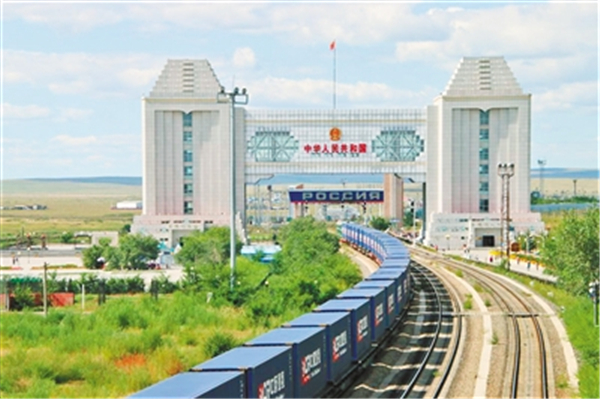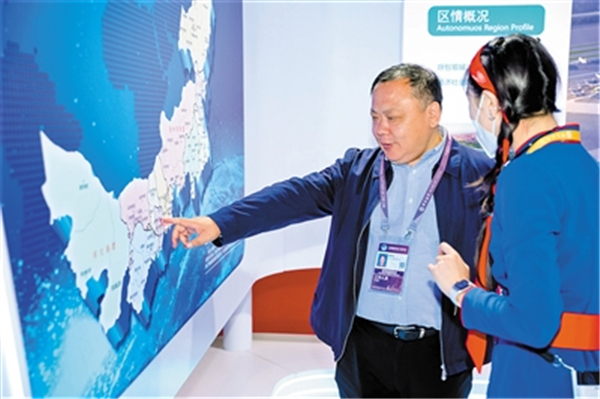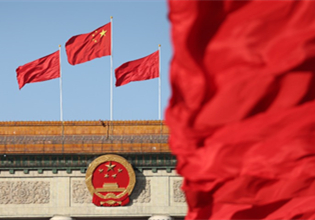Inner Mongolia's opening-up achievements shine at CIIE

A China-Europe freight train passes through Manzhouli land port in North China's Inner Mongolia autonomous region into Russia. [Photo/Inner Mongolia Daily]
At the fifth China International Import Expo, or CIIE -- ongoing in East China's Shanghai -- the 288 square meters occupied by the exhibition area of North China's Inner Mongolia autonomous region is widely said to have attracted the attention of a great number of visitors.
Inner Mongolia is showcasing the achievements and advantages of the region's opening-up and its markets with song and dance performances, as well as graphic display panels, videos and physical exhibits.
Inner Mongolia has a borderline stretching more than 4,200 kilometers with Russia and Mongolia, which is the natural advantage of the region's opening-up.
Since 2012, six new land ports have been opened to the outside world in Inner Mongolia, bringing the total number of such border facilities in the region to 20, forming a multi-directional and three-dimensional port opening-up pattern involving railways, highways and aviation.
As a result, over the past 10 years, Inner Mongolia's foreign trade has made significant progress.
The total value of foreign trade in the region increased from less than 80 billion yuan ($11.39 billion) in 2012 to 123.56 billion yuan in 2021, with an average annual growth rate of 6.3 percent during the period.

Visitors taste authentic food from Inner Mongolia in the region's exhibition area at the fifth China International Import Expo. [Photo/Inner Mongolia Daily]
The main body of foreign trade commerce in the region continues to grow, while the number of trading enterprises engaged in imports and exports in the region has increased from 1,269 in 2012 to 2,471 in 2021.
Meanwhile, Inner Mongolia's trading partners are more diverse, with 183 countries and regions -- such as Mongolia, Russia and Australia -- joining hands to establish a trade "circle of friends".
The trade volume with countries participating in the Belt and Road Initiative increased from 44.12 billion yuan in 2012 to 71.73 billion yuan in 2021, a growth rate of 62.6 percent.
What's more, the structure of import and export commodities of the region had been continuously optimized over a 10-year period.
The region's imported bulk commodities -- including coal, iron ore, timber, grain and other categories -- are mainly flowing to the northeastern, northern and northwestern regions of China. Its exported products, on the other hand, are mainly construction machinery, daily necessities, fruit and vegetables and others.
Additionally, from 2012 to 2021, a total of 570 projects were approved and registered for foreign investment in Inner Mongolia, with the actual foreign investment amounting to $5.56 billion.

A visitor admires the map of Inner Mongolia in the region's exhibition area at the CIIE. [Photo/Inner Mongolia Daily]



 Print
Print Mail
Mail





